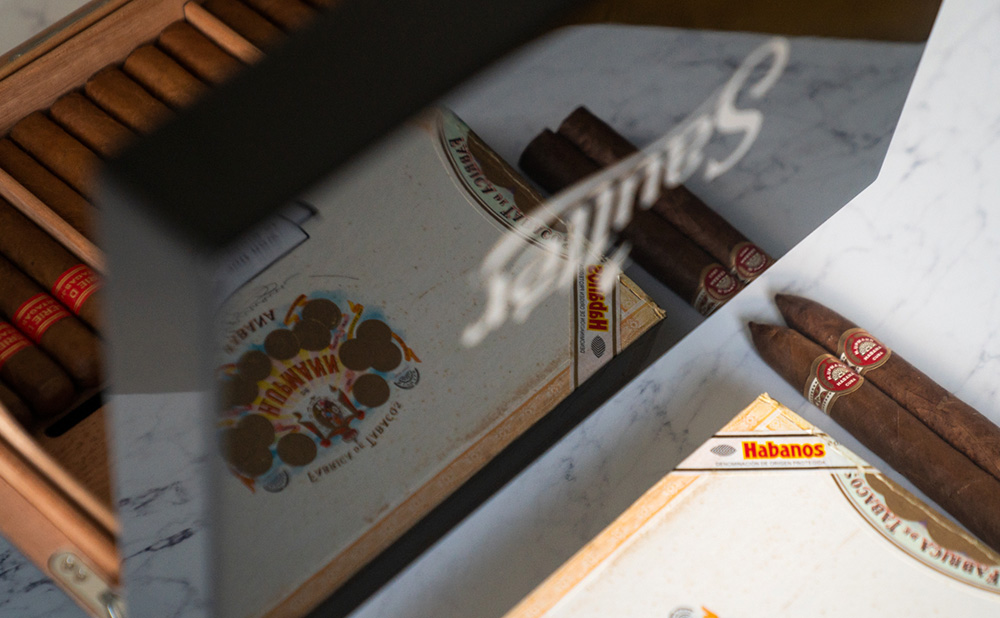
Cigar Travel
AS YOU may know, El Jeffe Laurence Davis has been on his travels and this time, he is venturing deep
Sautter, the world renowned London Cigar store, was founded over 50 years ago in the heart of fashionable Mayfair. It has earned an enviable reputation in the world of cigars for aged and vintage Cuban cigars which makes it a magnet for lovers of exceptional cigars.
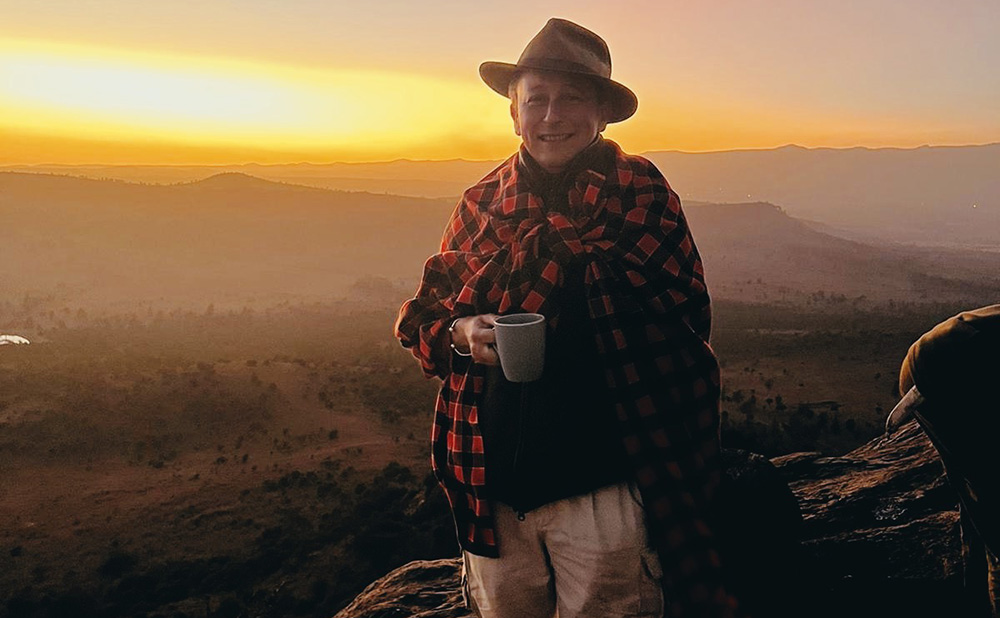
THE smiling face of James is the first thing I see now that I’ve finally arrived.
His beam echoes the warmth of the sun all around, and after a handshake and an introduction, followed by a farewell to my intrepid taxi driver, we’re climbing aboard one of the camp’s beloved Land Rovers, and we’re inside the gates.
From a world of potted roads and ramshackle villages to a great expanse of rolling hills and woodland valleys; The Lolldaiga Conservancy is a staggering 90,000 acres of the pristine African wilderness. Red dust springs from our wheels as we head towards the main camp, a few miles away and James – who informs me he’s from the Samburu tribe – tests me along the way.
“What type of antelope is that?”
“Um. Impala?”
“Very good. And that bird?”
“That’s a Fork Tailed Drongo.”
He chuckles. “We have an expert on our hands…”
Hardly, but I have been on several safaris over the years and have spent many winter evenings poring over old African game books, wildlife guides and biographies; it’s long been an obsession of mine.
To first step foot in Kenya all those years ago was a dream come true, and ever since, it has always felt my spiritual home in so many ways. And now I’m back, amid the blinding light, the dust, the purr of the Cape Doves and the warmth; I am exhausted, but a new lease of life surges through me. I feel like a kid in a sweet shop.
The Safari Series main camp is shrouded in the bush, and you stumble across it before you know it’s there. A narrow path leads you to the mess tent, where smiling staff offer you a cold flannel and a cold glass of something. Exciting doesn’t come close.
The camp is run by young British couple Ed and Moon Hough, who poured all their resources into making this happen just before Covid came along and locked us all up. Tough times followed – but they have persevered and battled, and people are slowly coming back.
My tent for the next day or so is luxurious – a large bed, trunks for my clothes, solar-powered lighting, a flushing loo and a fantastic outdoor, gravity-led shower. It is tucked down a path some way from the main camp and is surrounded by bush. While there is fencing around the Conservancy – it is a working cattle ranch as well as a wildlife haven – there are corridors within for animals to move into and out. And when I say animals, I include lions, elephants, leopards and more.
The great dollops of buffalo and elephant dung all around the tent prove that they are here, unfettered. It’s a thrill to know it, and for the first little while, every sigh of the wind, every creak of the tent, is an elephant dropping in for tea.
I have ordered up some hot water for the shower – takes 10 minutes before someone brings it down – and boy, is it needed. And rather than collapse on the very compelling bed, I freshen up and opt to go for a game drive. I didn’t come all this way to snooze.
But first, clean and refreshed and letting the sun dry my tingling skin, it’s time for the first cigar of the trip. Something tasty and not too big.
I’ve been equipped with a large, indestructible travel humidor by the ever-generous Mr Davis. And when I open its lid, stiff from the air pressure it had been subject to in the cabin, a Por Larranaga Galanes is offering itself to me.
With a cold Tusker beer at hand, binoculars on my knee and a daft smile on my face, I sit and enjoy this artful, unwinding, elegant cigar and listen and watch for elephants.

AS YOU may know, El Jeffe Laurence Davis has been on his travels and this time, he is venturing deep
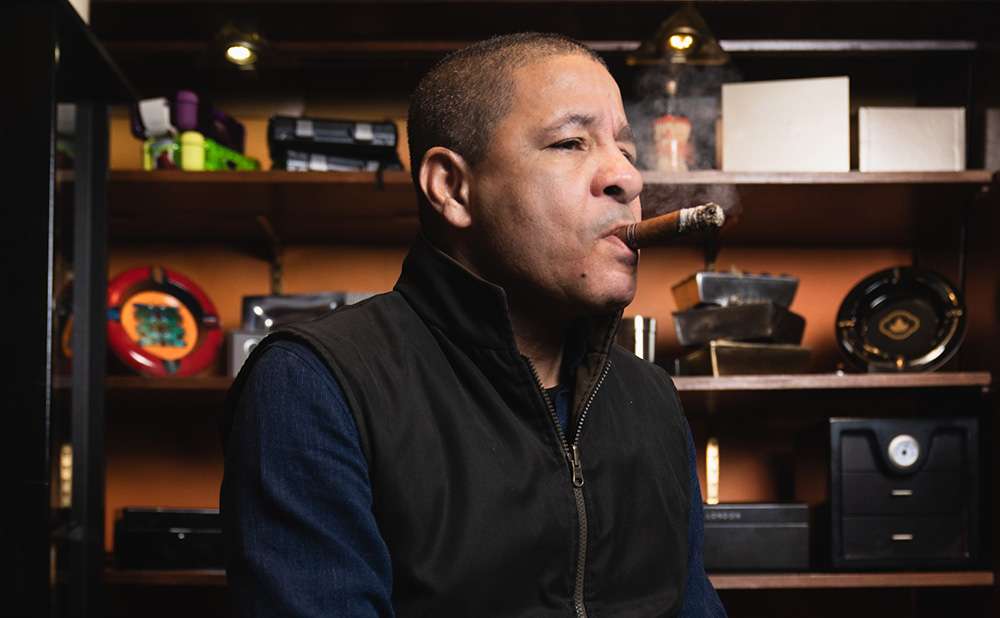
At Sautter Cigars, we have always been proud to serve a discerning community of cigar lovers who appreciate the rich
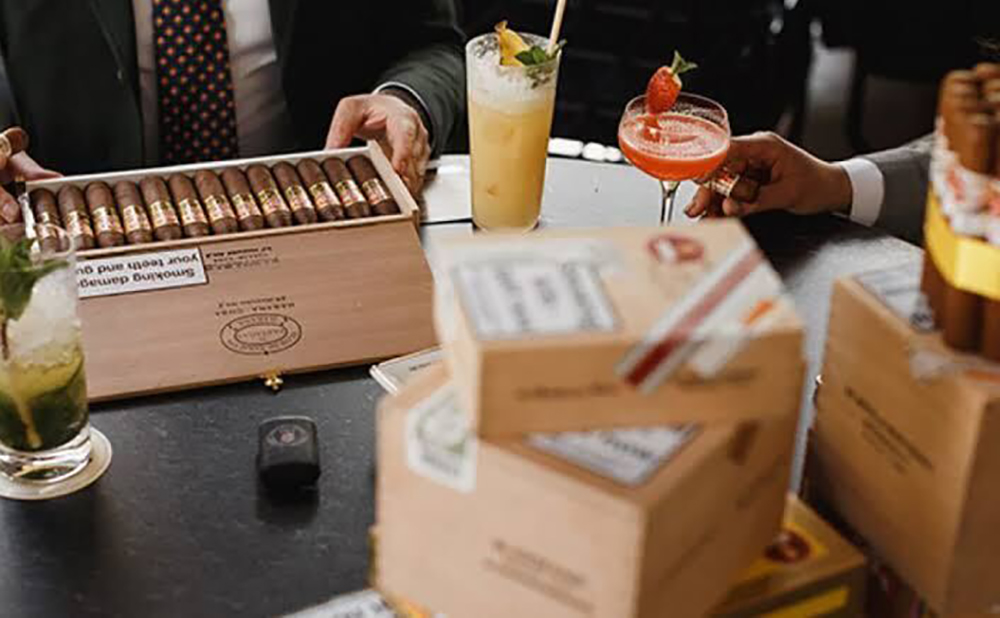
THE days are getting longer! The sun has miraculously appeared, if only for a moment or two through the silken

On behalf of the whole Sautter family, we’d like to wish you a very Merry Christmas and a very Happy
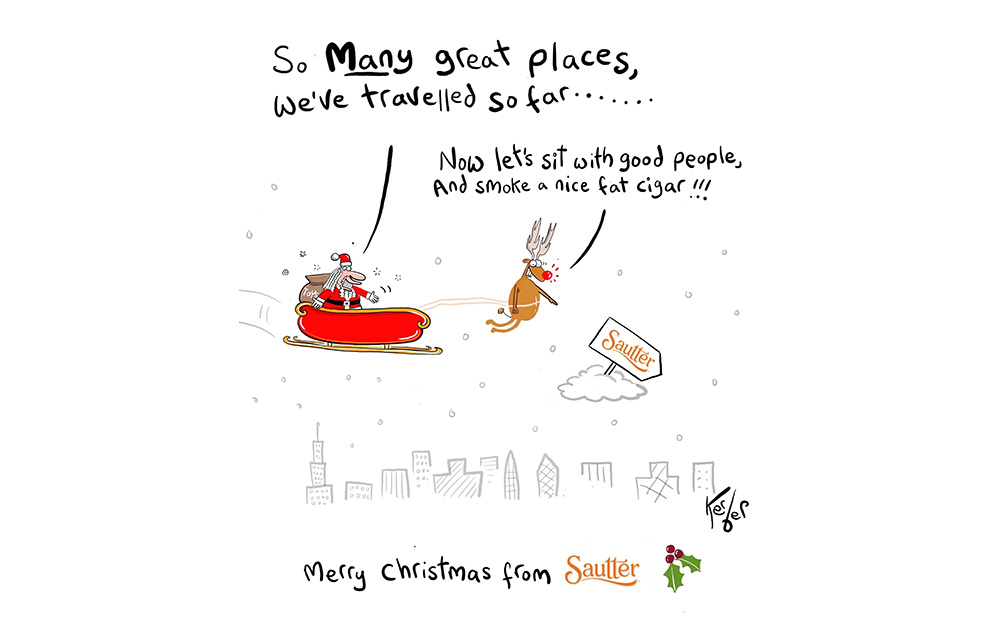
THE GOOSE is loosening its belt another notch; we’ve already been subject to incessant festive muzak for weeks on end;
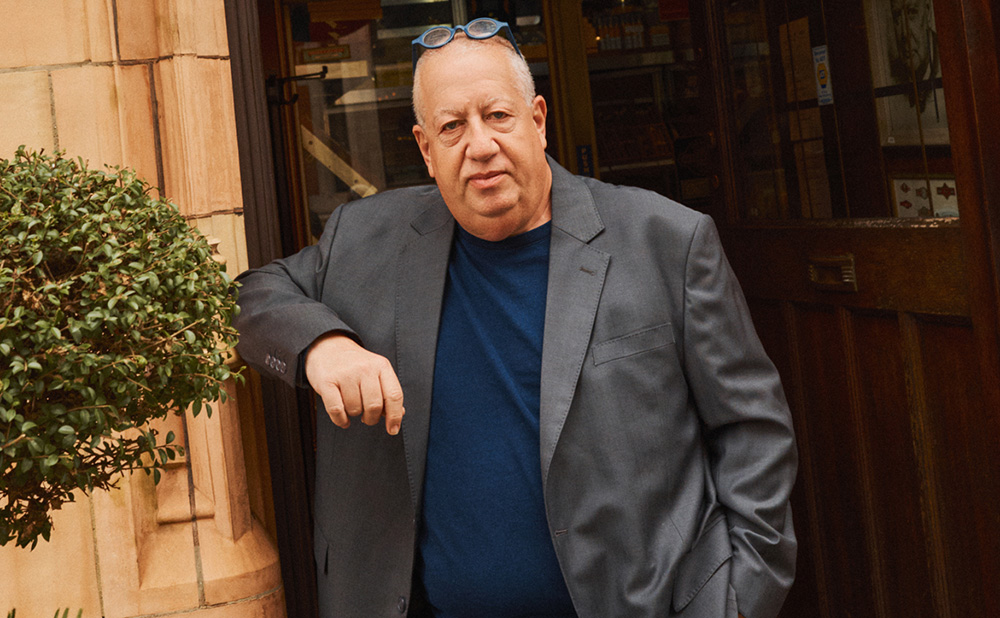
We’re excited to share that Sautter of Mount Street is proudly featured in the latest Mount Street Neighbourhood campaign, “Meet
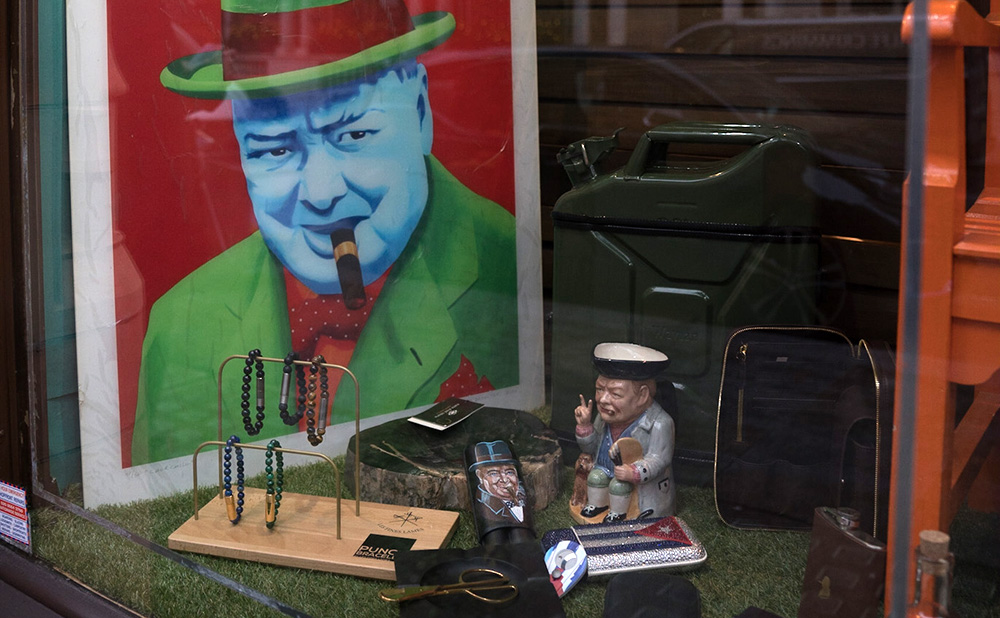
SO – the new Labour Government’s most pressing concern is stopping a chap having a smoke with their pint in
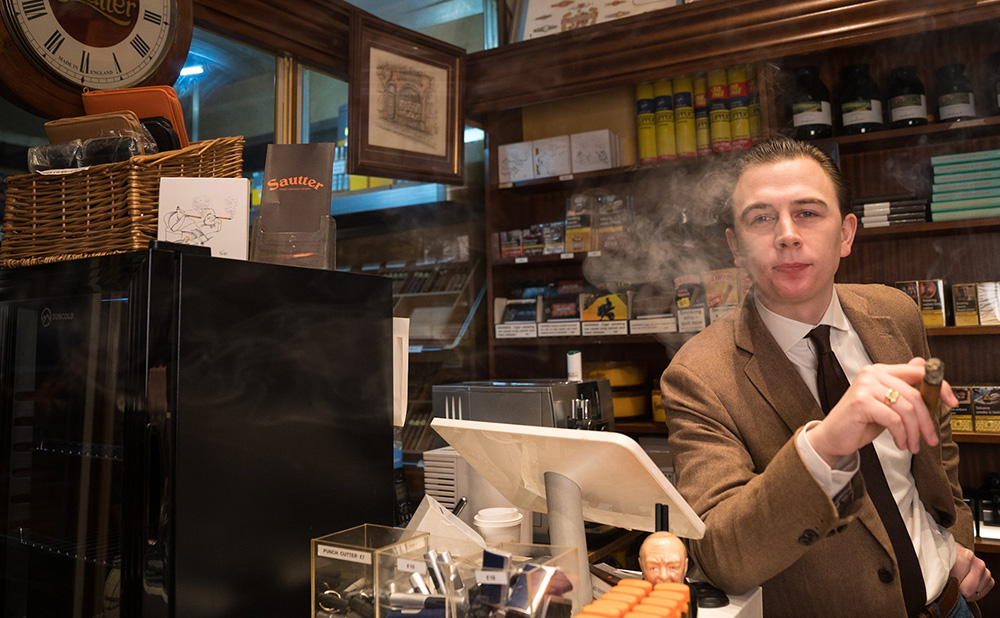
IT’S a very noticeable phenomenon that videos or articles on the basics of cigar smoking ‘outperform’ their ratings rivals about
Sautter, the world renowned London Cigar store, was founded over 50 years ago in the heart of fashionable Mayfair. Sautter has earned an enviable reputation in the world of cigars for aged and vintage Cuban cigars which makes it a magnet for lovers of exceptional cigars.
Knightsbridge Store
8 Raphael Street, London, SW7 1DL, UK
+44 (0)20 7581 5898
Mayfair Store
106 Mount Street, London, W1K 2TW, UK
+44 (0)20 7499 4866
Share your email address with us and stay up-to-date with our events, products & exclusive offers!
©2025 Sautter Cigars. Desmond Sautter Ltd. All rights reserved. | Design & build by aminocreates.
| Cookie | Duration | Description |
|---|---|---|
| cookielawinfo-checkbox-analytics | 11 months | This cookie is set by GDPR Cookie Consent plugin. The cookie is used to store the user consent for the cookies in the category "Analytics". |
| cookielawinfo-checkbox-functional | 11 months | The cookie is set by GDPR cookie consent to record the user consent for the cookies in the category "Functional". |
| cookielawinfo-checkbox-necessary | 11 months | This cookie is set by GDPR Cookie Consent plugin. The cookies is used to store the user consent for the cookies in the category "Necessary". |
| cookielawinfo-checkbox-others | 11 months | This cookie is set by GDPR Cookie Consent plugin. The cookie is used to store the user consent for the cookies in the category "Other. |
| cookielawinfo-checkbox-performance | 11 months | This cookie is set by GDPR Cookie Consent plugin. The cookie is used to store the user consent for the cookies in the category "Performance". |
| viewed_cookie_policy | 11 months | The cookie is set by the GDPR Cookie Consent plugin and is used to store whether or not user has consented to the use of cookies. It does not store any personal data. |